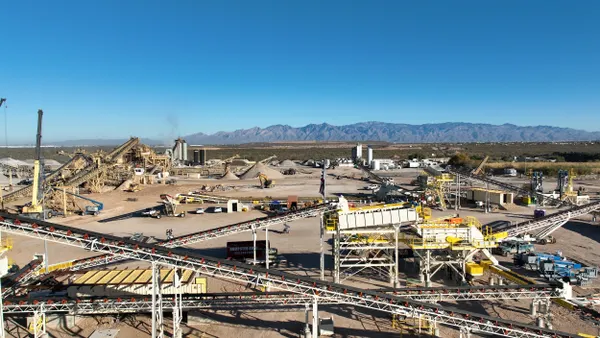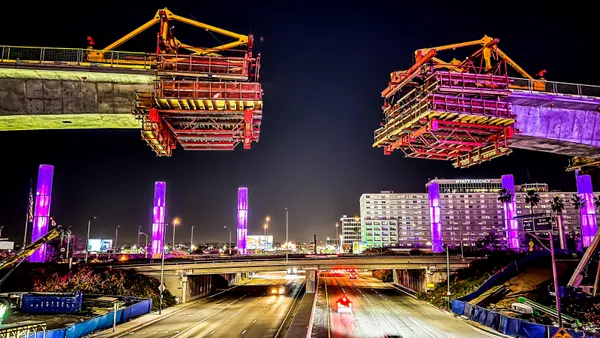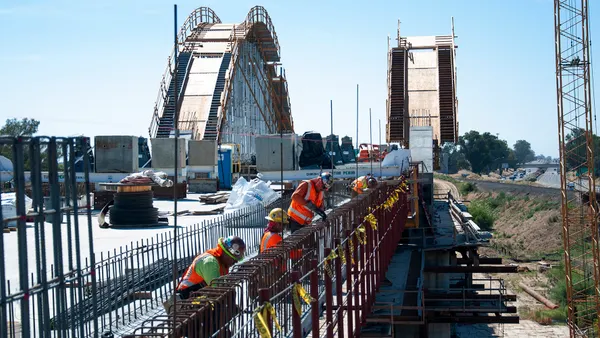Dive Brief:
- International Canadian design and engineering firm Exp has announced that it plans to move its headquarters from Toronto to Chicago, according to The Chicago Tribune.
- The company expects to bring 150 jobs to Chicago as part of the relocation. Those employees will join the 230 Exp workers already in the company's existing Chicago office.
- Exp, which has 110 global locations and 3,000 employees, is one of several companies to give up their existing office spaces in order to make the move to Chicago.
Dive Insight:
Caterpillar announced late last month that it would move its global headquarters from Peoria, IL — its home for more than 100 years — to the Chicago area. The company expects to have 300 employees in its new offices but said it would keep around 12,000 back in Peoria.
Caterpillar officials said the move made sense for the company logistically, as the location would make it more accessible to international clients. The equipment giant also wants to benefit from the pool of younger, talented workers living in the city. While most relocations have targeted downtown, Caterpillar hasn't made a decision yet whether it will follow suit or head for the suburbs.
McDonald's is already underway with a new $250 million, Gensler-designed downtown Chicago location for its new headquarters. The company announced the move last year, and its corporate offices are on the former site of Oprah Winfrey's Harpo Studios. Developer Sterling Bay scored a $209 million construction loan for the project, which was made more likely (in an era of tight commercial credit) by the fact that McDonald's has been locked into a long-term lease for the vast majority of space.
These companies and others are realizing that to remain competitive they have to go to where the talent pool is, and the talent pool happens to be made up largely of millennials who want a walkable, urban environment in which to live, work and play without a lengthy commute. The moves also give companies the opportunity to shrug off outdated corporate office layouts in favor of open, collaborative spaces, which is another new workforce demand.












